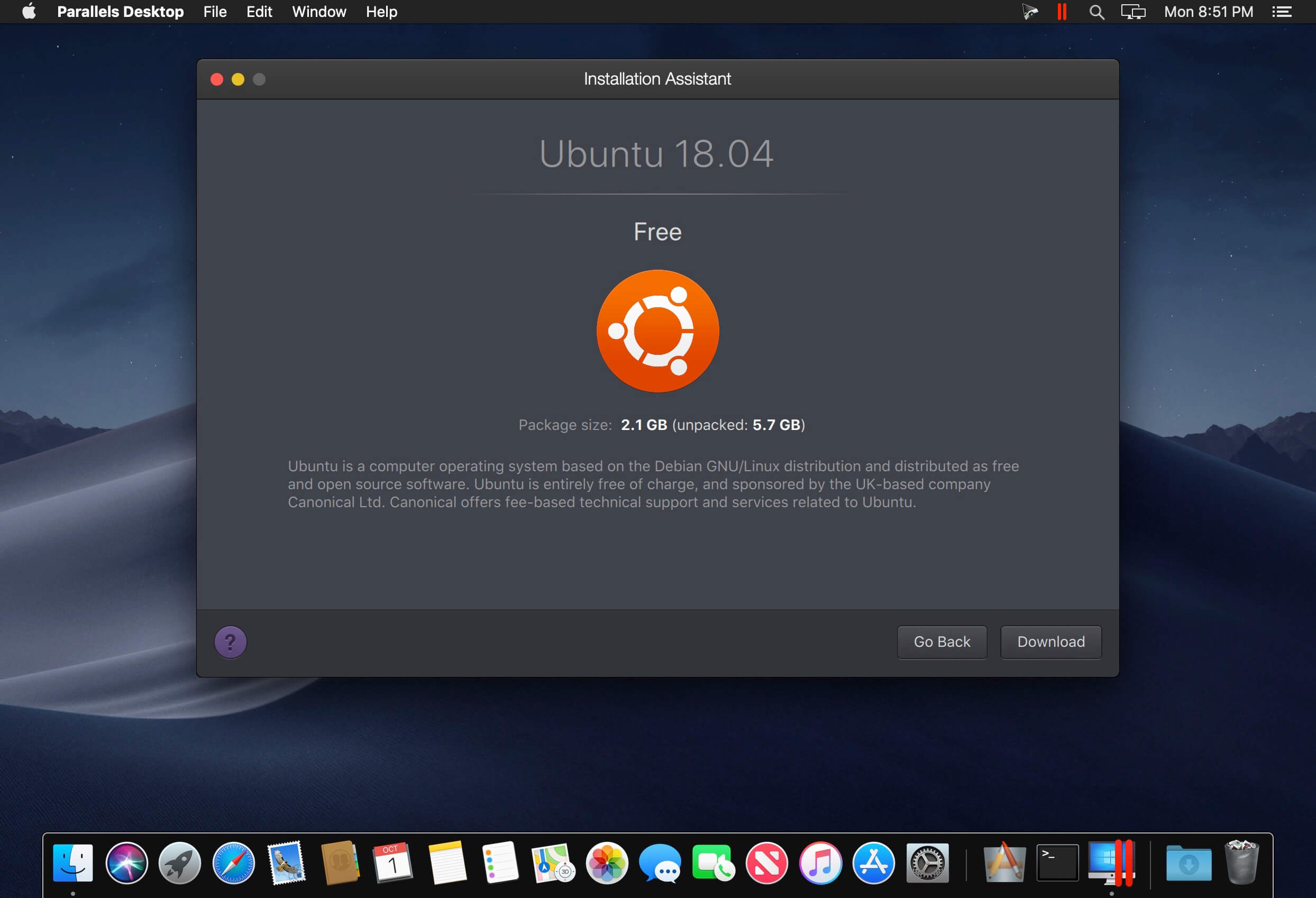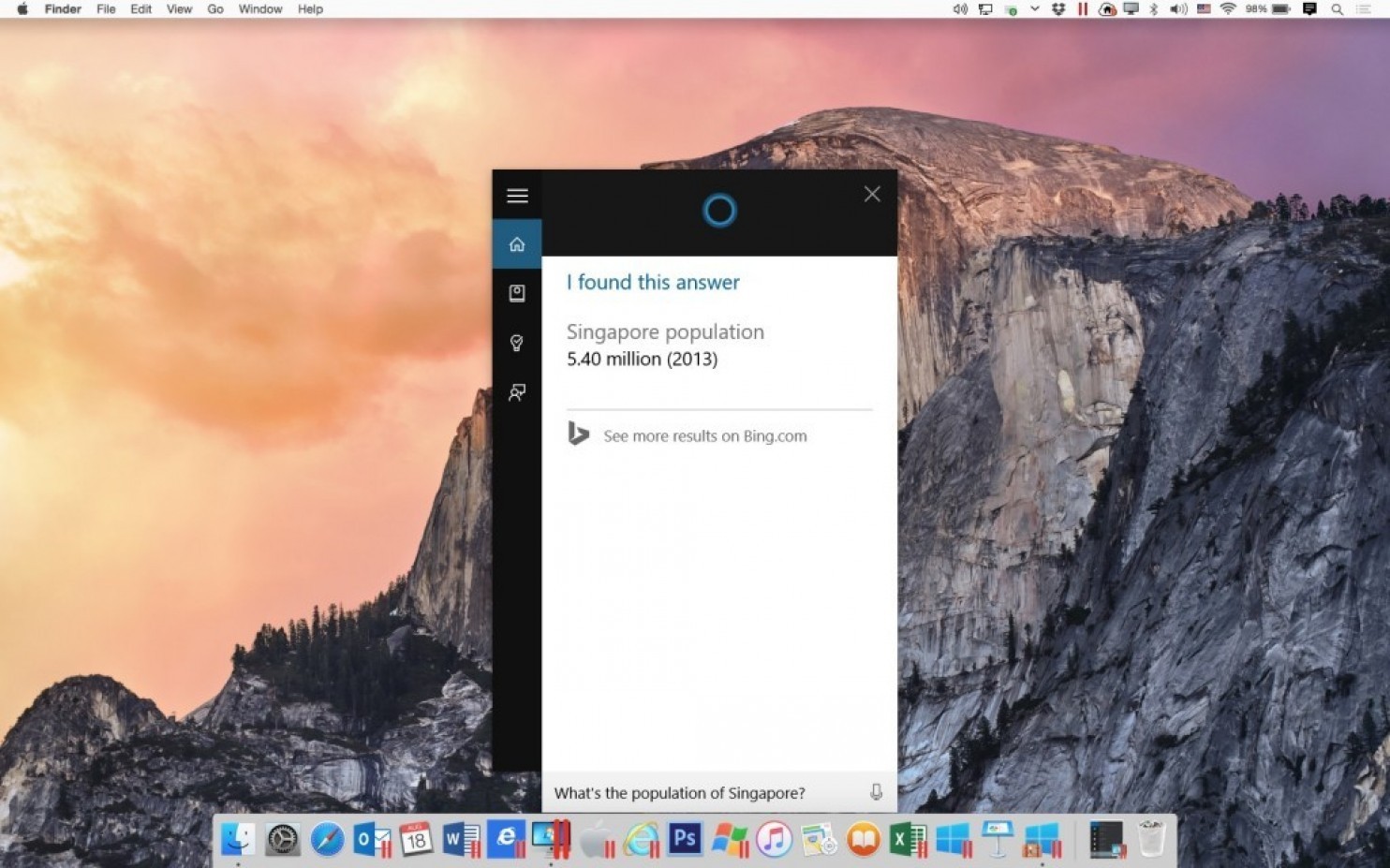

- #Restoring your previous windows parallels desktop 14 how to#
- #Restoring your previous windows parallels desktop 14 for mac#
- #Restoring your previous windows parallels desktop 14 install#
- #Restoring your previous windows parallels desktop 14 update#
Just tick the boxes for the icons you want placed on your desktop, then click “OK.” The Desktop Icon Settings window is pretty minimal. Look towards the bottom of the Themes window, under the “Related Settings” header, then click “Desktop Icon Settings.” Go to Settings > Personalization > Themes. If you want, you can also navigate to the Themes window by navigating through the Settings app.

You can disconnect the external device now that your virtual machine has. pvm file from the external Hard Drive to any folder on the destination Mac.

Connect your external hard drive to the destination Mac. pvm file to an external hard drive or transfer it via the network. Note: You probably noticed the result you get isn’t actually “Desktop Icon Settings,” but rather “Themes and Related Settings.” That is fine - the Themes window is where the icon settings are located. Parallels Desktop virtual machines have a. Click the Start button, type “Desktop Icon Settings” into the search bar, then hit Enter, click “Open,” or click “Themes and Related Settings.” Bear in mind that the Parallels Desktop User's Guide contains this warning: 'Warning: Time Machine backups can guarantee safety only when your Parallels virtual machines were stopped or suspended during the backup.' So, try restoring earlier versions of your TM backups until you, hopefully, find one that works. The easiest way to get there is through the Start menu. Professional video editing, color correction, visual effects and audio post production all in a single application. Access the Version Browser & Restore to a Prior Version of a Document in Mac Apps.There are a few ways to get to the “Desktop Icon Settings” window, which is where you control what system icons appear on your Windows 11 desktop. If you want to completely get rid of the VM, use the Move to Trash. When you choose the Remove command, you’ll get the dialog shown in Figure 2. Figure 1Remove a VM with the menu command in the Control Center. And it works fairly similar to the Time Machine backup browser on the Mac. Just right-click on the entry for the VM you want to remove, and you’ll get a pop-up menu with the Remove command.
#Restoring your previous windows parallels desktop 14 how to#
#Restoring your previous windows parallels desktop 14 install#
I tried to use Time Machine to restore my VM back to a previous.pvm. Also keep in mind, if you do a custom install over Windows 7 or later, the Rollback option is not available. Just tick the boxes for the icons you want placed on your desktop, then click OK. Look towards the bottom of the Themes window, under the Related Settings header, then click Desktop Icon Settings.
#Restoring your previous windows parallels desktop 14 update#
Windows XP Pro wanted to update and so I let it. Go to Settings > Personalization > Themes. Maybe it's not the latest version, but it worked just fine last week. There was some type of message that the Mac OS blocked access to the physical boot drive during one of the Windows update, and I'm guessing that's what triggered the endless loop that I'm seeing.
#Restoring your previous windows parallels desktop 14 for mac#


 0 kommentar(er)
0 kommentar(er)
